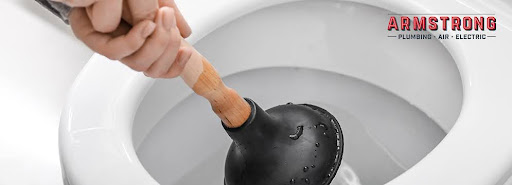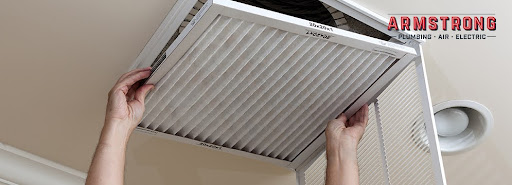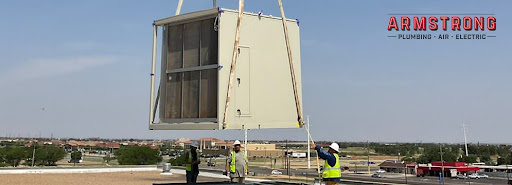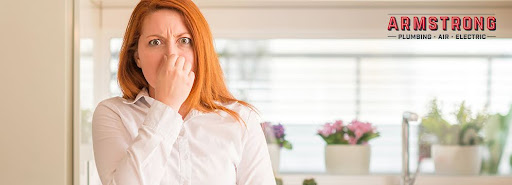HVAC units are usually very reliable, however problems do arise. Some of these problems can be do-it-yourself issues. However, for the more complex problems, it is best to call a trained technician. When a service call is placed for a technician to come out and check a unit because a client is not getting any heating or cooling, these are the most common things that we check:
- Blown Fuses. Fuses protect the unit’s motor or compressor against overheating, and is found in the evaporator coil. When a motor is suspected of going bad, the breaker is one of the first things the technician checks.
- Worn Contactor. There are three contactors in a unit: one for the compressor, one for the condenser fan motor, and one for the blower motor. The contactors engage when there is a need for cooling or heating, making an electrical connection. This starts the compressor and motors. Arcing and pitting can form on the contactor making it hard for the electrical current to pass and start the particular motor.
- Capacitors. The run capacitor is used to help the motors of the unit run at a consistent speed, rated in microfarads. Start capacitors give the compressor a brief increase in starting torque. If either capacitor burns out, it will need to be replaced for your HVAC to work properly.
- Gas valve. The gas valve meters the gas to flow from your gas line to your unit. They are only used during the heating season. Sometimes the gas valve gets corroded. If this is the case, it will need to be replaced.
- Filters. Filters get dirty and clogged from air particles. Once this happens, the filter needs to be changed. One way to tell if the filter needs to be changed is to hold it up to the light and see if you can see light pass through it. If you cannot, the filter needs to be changed. A dirty filter will reduce the air flow to the unit causing the unit to freeze.
- Thermostat. This is the device that tells the system what to do and when to do it. Before calling an HVAC company, make sure the thermostat is on. Many times the thermostat is accidentally turned off or is on the wrong setting.
- Drain lines. The drain line commonly becomes clogged with dirt or algae. If it is clogged, the drain pan will fill up and cause water to leak over and create water damage.
- Refrigerant leak. Refrigerant leaks can happen with vibration of the unit while it is operating. Refrigerant leaks in the condenser or evaporator coils cannot be repaired. If the leak is found in another place the technician can remove what is left and charge the unit levels back to their correct amount.
- Compressor. This is the heart of the A/C unit. The compressor is located with the condenser coil. If the unit is undercharged with refrigerant, the compressor will run hot and will eventually seize. If the unit is overcharged, your liquid refrigerant will get back to the compressor and cause liquid slugging. It is important that the A/C unit has the proper amount of refrigerant.
- Condenser Coil. These are located outside with the compressor. They are exposed to the outdoor elements, so they often get dirty and should be cleaned at least yearly. This can be done with a water hose when the unit is not operating. If the dirt and grime get bad enough an HVAC technician will have to clean the coil with a chemical cleaner.
- Evaporator Coil. On split systems the evaporator coil is located in the attic, but on a package unit it is located outside with rest of the unit. If the coil is located inside, cleaning will only be necessary if suggested and should only be about every three years or so. If the evaporator coil cracks, an HVAC professional will need to fix the break.
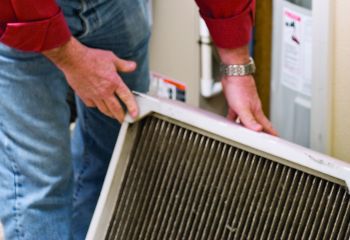
Remember, if you have any questions or concerns, it is best to call a trained HVAC technician:


